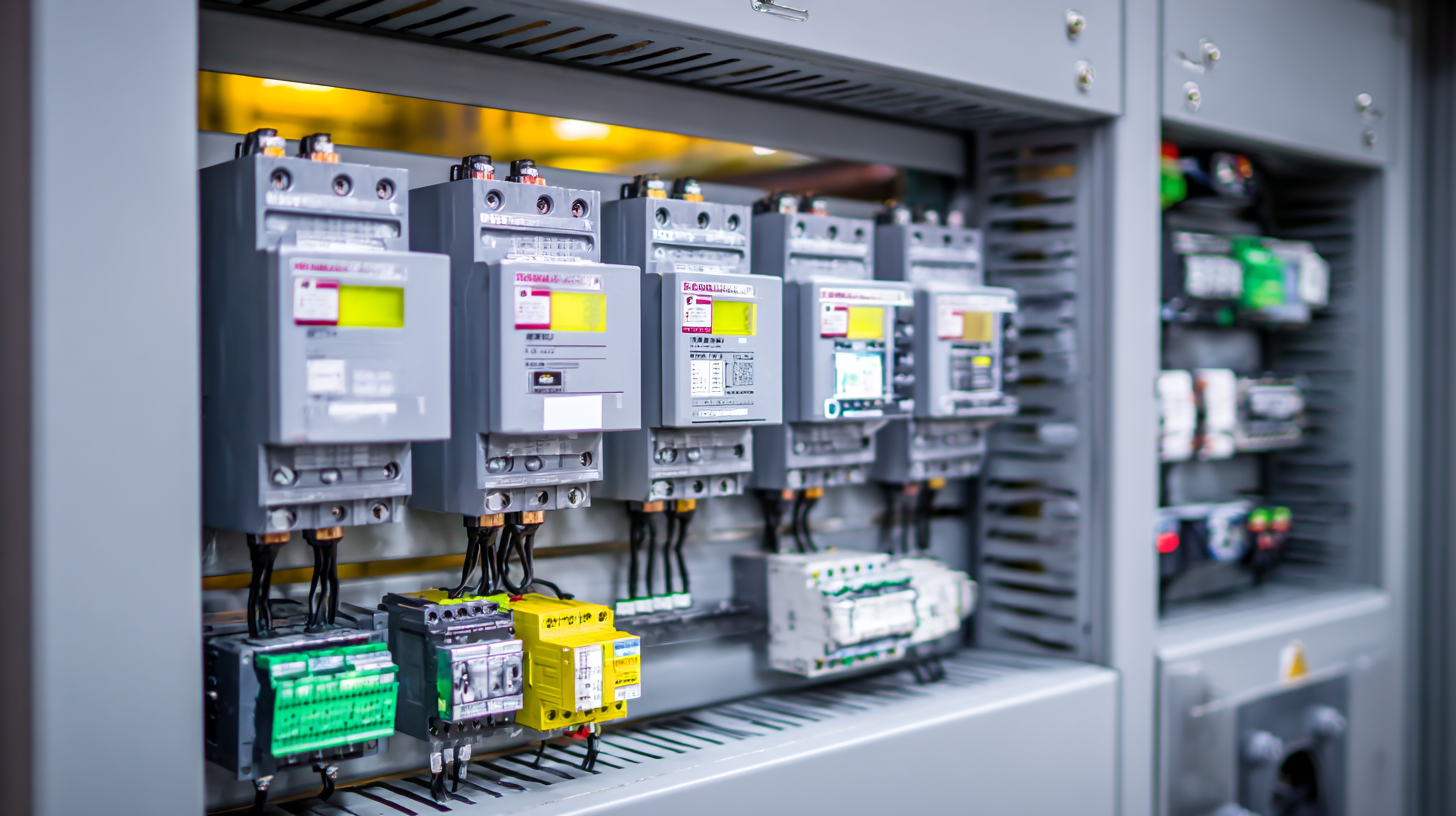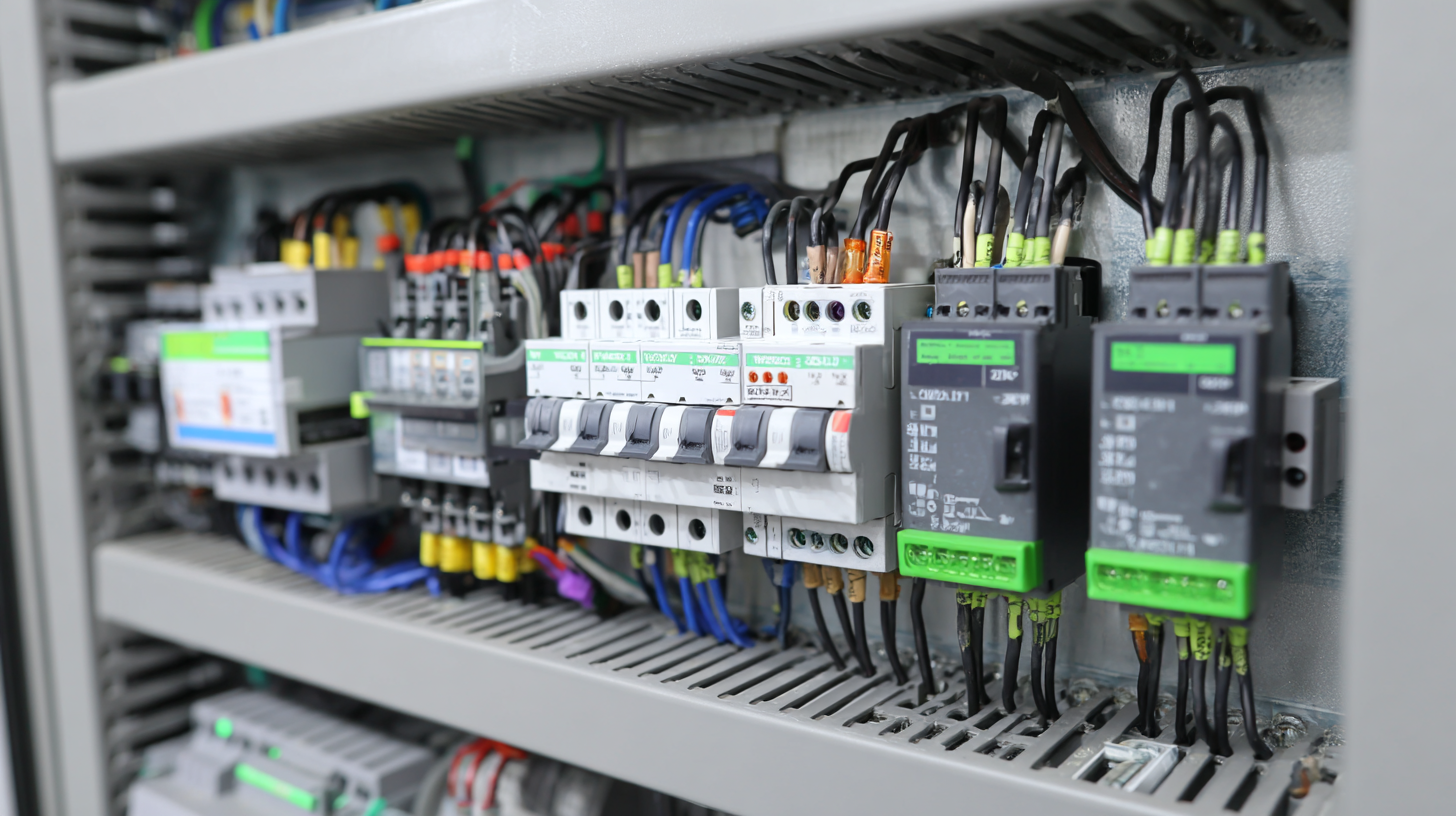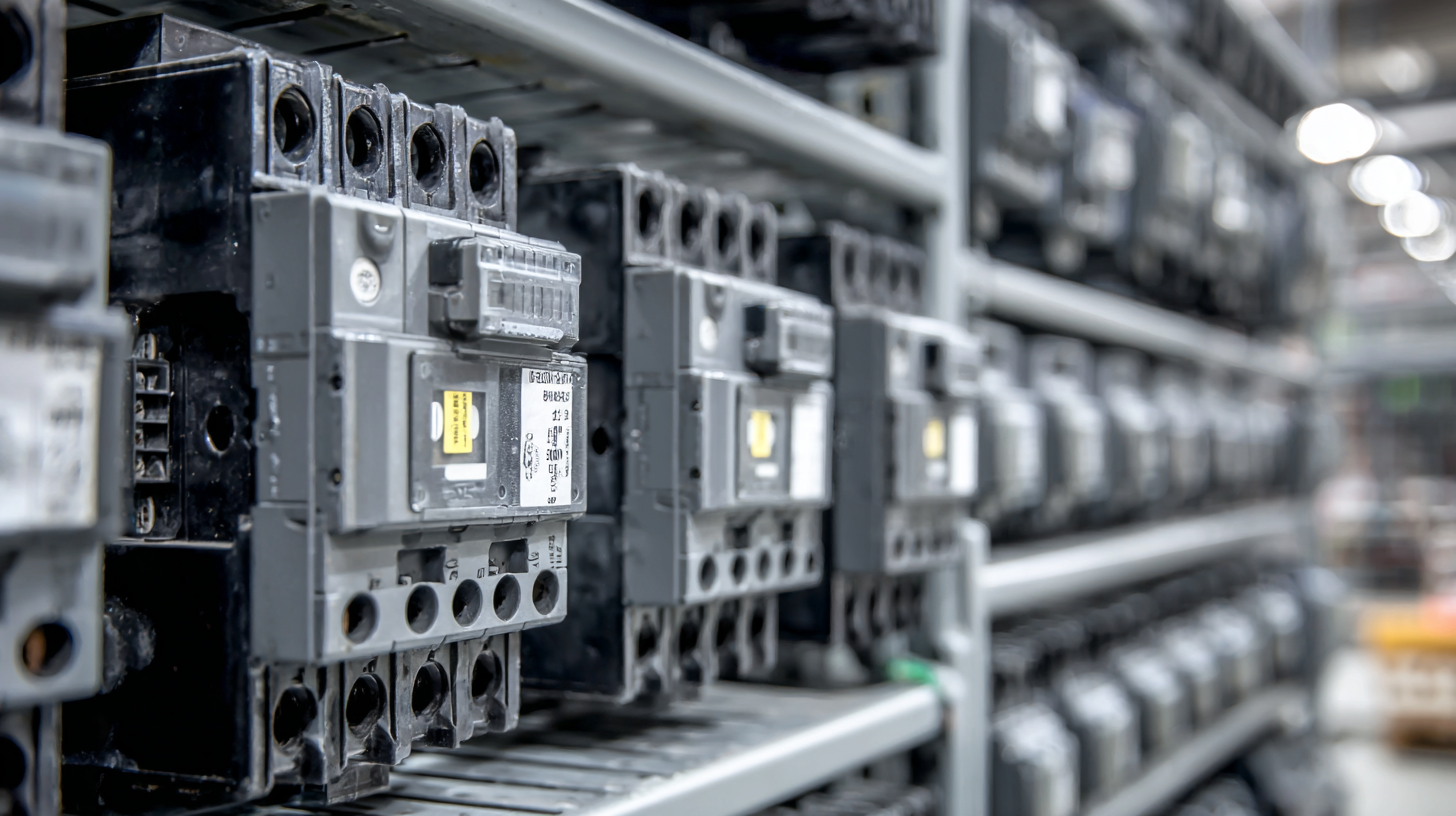In today's rapidly evolving industrial landscape, the role of electrical components has never been more crucial, with Industrial Relays standing out as a quintessential element in optimizing operational efficiency. According to a recent report by MarketsandMarkets, the global industrial relays market is expected to grow from $4.5 billion in 2020 to $6.5 billion by 2025, reflecting a robust CAGR of 8%. This growth is driven by increased automation and the integration of advanced technologies such as IoT and AI in manufacturing processes. As industries strive for higher productivity and reduced downtime, selecting the right Industrial Relay solutions becomes essential.

By understanding the upcoming trends and innovations in 2025, businesses can effectively leverage these components to enhance reliability, streamline processes, and ultimately unlock greater efficiency in their operations.
Industrial relays play a crucial role in automating processes and ensuring reliable operation in various industries. Understanding the types and applications of these relays is essential for maximizing their efficiency. There are several types of industrial relays, including electromagnetic relays, solid-state relays, and thermal relays. Each type has its unique characteristics and is suited for different applications, such as controlling motors, switching circuits, and providing overload protection.
In practice, the choice of relay depends on the specific operational requirements and the environment in which it will function. For instance, solid-state relays are favored for their durability and fast switching speeds, making them ideal for applications requiring rapid response times. On the other hand, electromagnetic relays are often used in heavy-duty applications where high current loads are involved. Understanding these nuances helps in selecting the right relay, which ultimately enhances the efficiency and reliability of industrial systems.
When importing and exporting industrial relays, understanding key certification standards is crucial for ensuring compliance and safety. Certifications such as UL, CE, and IEC play a significant role in verifying the quality and reliability of relays. Manufacturers must adhere to these standards to facilitate smoother international transactions and to ensure that their products meet the necessary safety requirements for various applications.
Tips: Always check for the presence of certification labels on relay products before purchasing. This not only helps in confirming compliance with safety regulations but also boosts confidence in the product's performance and longevity. Additionally, familiarize yourself with the specific certification requirements in your target market; different regions may have varying standards.
Another important consideration is the documentation involved in the import/export process. Ensuring that all required certification documents are in order can prevent delays and potential fines. Maintain a checklist of necessary documents for each market to streamline the process and mitigate risks associated with non-compliance. This proactive approach will help in smoothly navigating the complexities of industrial relay trade.

When embarking on a project that involves industrial relays, selecting the right one can be crucial to ensuring efficiency and reliability. A step-by-step approach can streamline this process, beginning with understanding the specific requirements of your application. Consider factors such as the voltage ratings, current load, and environmental conditions that the relay will be exposed to. Taking these parameters into account helps narrow down your options and lays the foundation for a successful selection process.
Next, evaluate the technical specifications of potential relay solutions. Pay attention to the type of relay—whether electromagnetic, solid-state, or time-delay—and how each type aligns with your project’s goals. Additionally, compatibility with existing systems and ease of integration can significantly influence your final choice. Engaging with manufacturers or consulting industry guides can provide deeper insights into reliability and performance metrics that are key to making an informed decision. By systematically addressing each step, you can unlock enhanced efficiency and functionality in your project's execution.
Maximizing efficiency in industrial settings requires a deep understanding of relay solutions and their optimal implementation. According to a report by MarketsandMarkets, the global relay market is projected to reach USD 12.61 billion by 2026, with a CAGR of 5.4%. This growth is driven by the increasing need for automation and efficiency in various sectors, including manufacturing and energy. By effectively integrating advanced relay solutions, businesses can minimize downtime and enhance operational efficiency.
To implement relay solutions successfully, consider the following tips: First, conduct a thorough analysis of your current systems to identify areas where relays can streamline operations. The IEEE has noted that implementing solid-state relays can lead to energy savings of up to 30% compared to traditional electromechanical relays. Furthermore, ensure that your team is trained in the latest relay technologies to maximize their benefits. A well-informed workforce can significantly reduce misapplications and enhance productivity.
Additionally, maintaining regular monitoring and testing of relay performance can prevent unexpected failures and prolong lifespan. According to Schneider Electric, consistent maintenance can improve equipment reliability by as much as 20%. Adopting these best practices in relay implementation will not only boost efficiency but also contribute to a more sustainable industrial environment.
When navigating the complexities of relay certification, industries often encounter a myriad of challenges that can hinder efficiency and compliance. One major hurdle is the adherence to rigorous safety and performance standards. With varying regulations across regions, manufacturers may struggle to ensure that their products meet the necessary criteria, leading to delays and additional costs. To combat this issue, companies should implement a robust quality assurance process that encompasses thorough testing protocols and regular updates to their certification knowledge base. Partnering with certification laboratories can also provide valuable insights and streamline the journey toward compliance.

Another significant challenge lies in the evolving technology landscape. As electrical systems advance, relays must adapt accordingly, which often necessitates reevaluation of existing designs and certifications. This evolution can create a bottleneck if manufacturers aren't prepared to innovate quickly. To overcome this, companies should foster a culture of continuous improvement and invest in research and development. By staying ahead of industry trends and emerging technologies, manufacturers can ensure their relay solutions remain compliant and competitive, ultimately unlocking greater operational efficiency.
TradeManager
Skype
VKontakte

